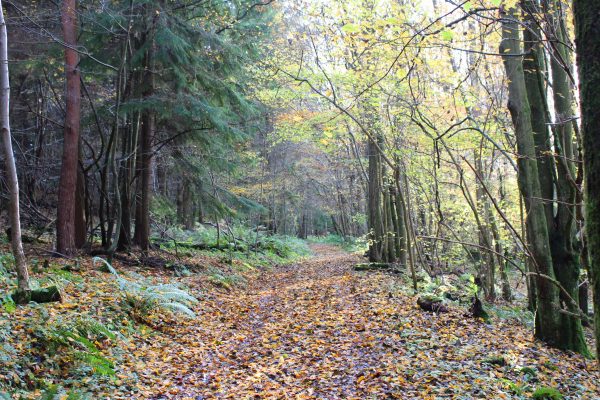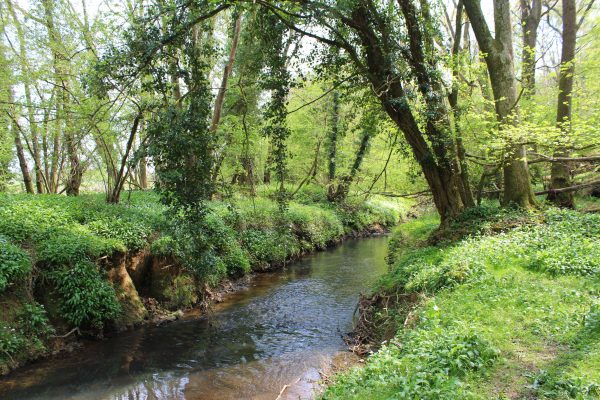Natural Capital

We are seeing increasing interest in the forestry industry in ‘Natural Capital’ – defined in simple terms as the wide range of benefits derived from nature.
What is it?
‘Natural Capital’ refers to the value forestry and woodlands offer above and beyond commercial timber value. This includes the benefits and services that a woodland may offer such as cleaner air, flood defence, climate regulation, pollination or recreation and health benefits. This is not a new concept to owners of small woods who have long considered the value of their woodlands to be so much more than value of the trees themselves.
Can it be measured?
Natural Capital is a subject that forms part of the UK’s 25 Year Environment Plan. It is understood that the government are keen to look at introducing a tool to allow for Natural Capital Accounting – with the aim of enabling better decisions making over the future of forests and woodlands. Forest Enterprise England calculate their Natural Capital annually – and have valued natural capital estates in the public forest estate in England at £22.5bn which is understood to be 15 times more than the value of the land, property and biological assets*.

What is the future for Natural Capital?
We will undoubtedly hear more about Natural Capital in the future. There is talk of potential payments for ecosystem services such as flood defence and cleaner air… but it’s early days. Currently we are seeing a shift in support in schemes and initiatives that can demonstrate ‘public goods’. It can only be assumed that forest and woodland owners will be enthusiastic to support and develop methodologies which quantify the value of the public goods they offer.

You can find out more about this here https://naturalcapitalcoalition.org/
- Source: The UK Forest Market Report 2018
Comments are closed for this post.
